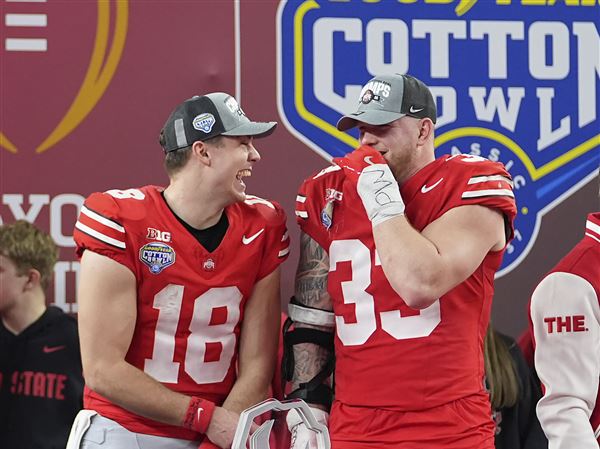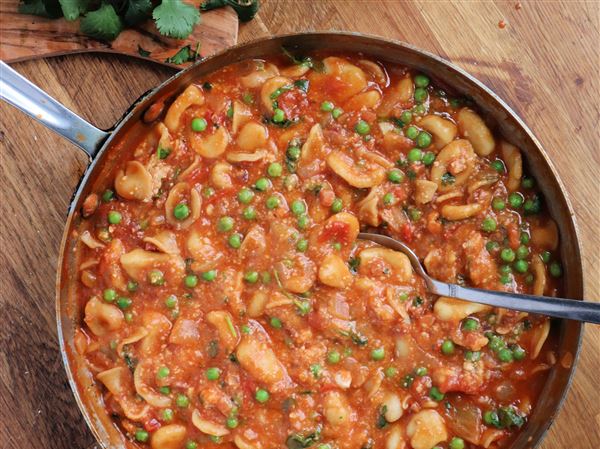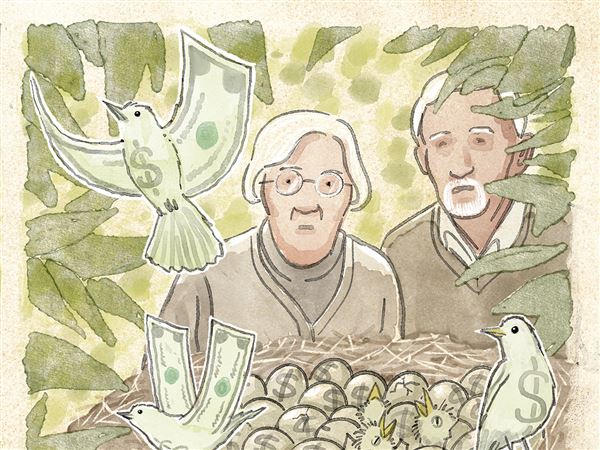When it comes to football, the tiny Borough of Crafton can lay claim to two "favorite sons," Steelers coach Bill Cowher and Frank "Bucky" Pope, who also made a name for himself in the National Football League.
Interestingly, their homes were separated by about the length of a football field, but the two didn't know one another. Pope is 16 years older than the Steelers' head coach.
"Crafton was a great place to grow up," said Pope, who now lives in the northeastern corner of Philadelphia with his wife, Barbara. "The people, the big old houses on tree-lined streets, the schools combined to make my childhood and high school years memorable."
But it was on the old Crafton Athletic Field along Steuben Street that Bucky Pope began a football career that eventually propelled him into the ranks of the pros.
As a member of the Crafton Cougars, Pope figured prominently in Crafton's undefeated season "on the field" in 1958. Crafton, which competed in Class A football (which was the middle-sized classification at that time) wound up forfeiting six games that season, however, because it had an ineligible player on its roster.
An extremely large, rangy athlete -- especially for that era -- Pope, at 6 feet 5, became one of quarterback Tom Johnson's favorite targets as an end and also played defensive back.
He had five receptions for touchdowns in 1958 and accounted for a rushing touchdown against Dormont that year.
Pope also turned in some stellar defensive plays in his senior season. Against West Allegheny, he scored on a 45-yard interception and a 40-yard punt return.
"I'll never forget the Coraopolis game," Pope recalled. "I had three interceptions for touchdowns. One was for 103 yards, another for 60 yards. Both were nullified because of penalties. The one for 55 yards stood.
Johnson threw a pass to Ray "Wormie" Metz, who then tossed a lateral to Pope for a 14-yard score.
In the season finale, Crafton defeated arch-rival Carnegie, 20-7. Crafton's first score came on an 11-yard pass, Johnson to Pope.
The exhilaration of a 9-0 undefeated season turned into bitter disappointment for coach Ray Derrickson's squad however.
Because of a misunderstanding involving a transfer rule, one of Crafton's players was declared ineligible. The Cougars had to forfeit six of the games he played in. Forty-seven years later, Pope said "that was the lowest point of my career."
Pope was as comfortable on hardwood as he was on grass. In fact, his basketball skills earned him a scholarship to Duke University. But after enrolling at the prestigious Durham, N.C., school, Pope found himself sitting behind All-American Art Heyman . Pope saw limited action as a Blue Devils reserve.
That situation, coupled with the fact that he still wanted to play football led him to transfer to Catawba College, an NAIA program located in Salisbury, N.C. He played both sports at Catawba and was selected to the all-District 26 team in his junior and senior years.
During his last season, this sure-handed receiver began to attract the interest of pro scouts with such exploits as an outstanding one-handed catch in a come-from-behind victory over rival Elon College.
That reception might have served as an inspiration for artist Bill Bost's composite drawing of Pope. The artist's rendering pictured one half of the athlete as a basketball player, and the other half as a football player. What made the drawing unique was the football player's left hand was extended skyward as a claw.
From there on out, Frank "Bucky" Pope became known as the "The Catawba Claw."
Pope was drafted in 1964 by the Los Angeles Rams after being scouted by one of that team's all-time great receivers, Elroy "Crazy Legs" Hirsch.
He received a $2,000 signing bonus and a $10,500 contract. His rookie season was a very productive one. This came at a time when the NFL was becoming extremely popular under commissioner Pete Rozelle.
Pope pulled in 25 receptions for an eye-popping 786 yards and 10 touchdowns during his rookie season. Of course, NFL teams played only a 12-game regulars eason at that time.
Quarterbacks Bill Munson and Roman Gabriel were the guys he was playing pitch-and-catch with. That average of 31 yards per reception for a rookie is still the second highest in an NFL season.
He came in third in the voting for rookie of the year. His popularity pulled him onto the stage of public appearances and sports talk-show interviews.
An injury kept him on the sidelines during the '65 season. In '66, he played in only three games. He came back in 1967, to post some decent statistics, then he was sent to the Green Bay Packers in 1968, when his career ended after three knee surgeries.
Coming from a region that was once known as the Steel Capital of the World, his post-football career choice seemed natural. Pope has worked for US Steel, S.F.K. Industries, and currently for Sandmeyer Steel, a family-owned company from Philadelphia that originated in McKeesport.
At 64, Pope is the director of human resources at Sandmeyer and is looking forward to retirement next year.
But those NFL playing days took their toll on "the Catawba Claw's" body.
Yet, he managed to say with a laugh: "I can't run, can't catch, but I can still cut the grass."
First Published: October 20, 2005, 4:00 a.m.















